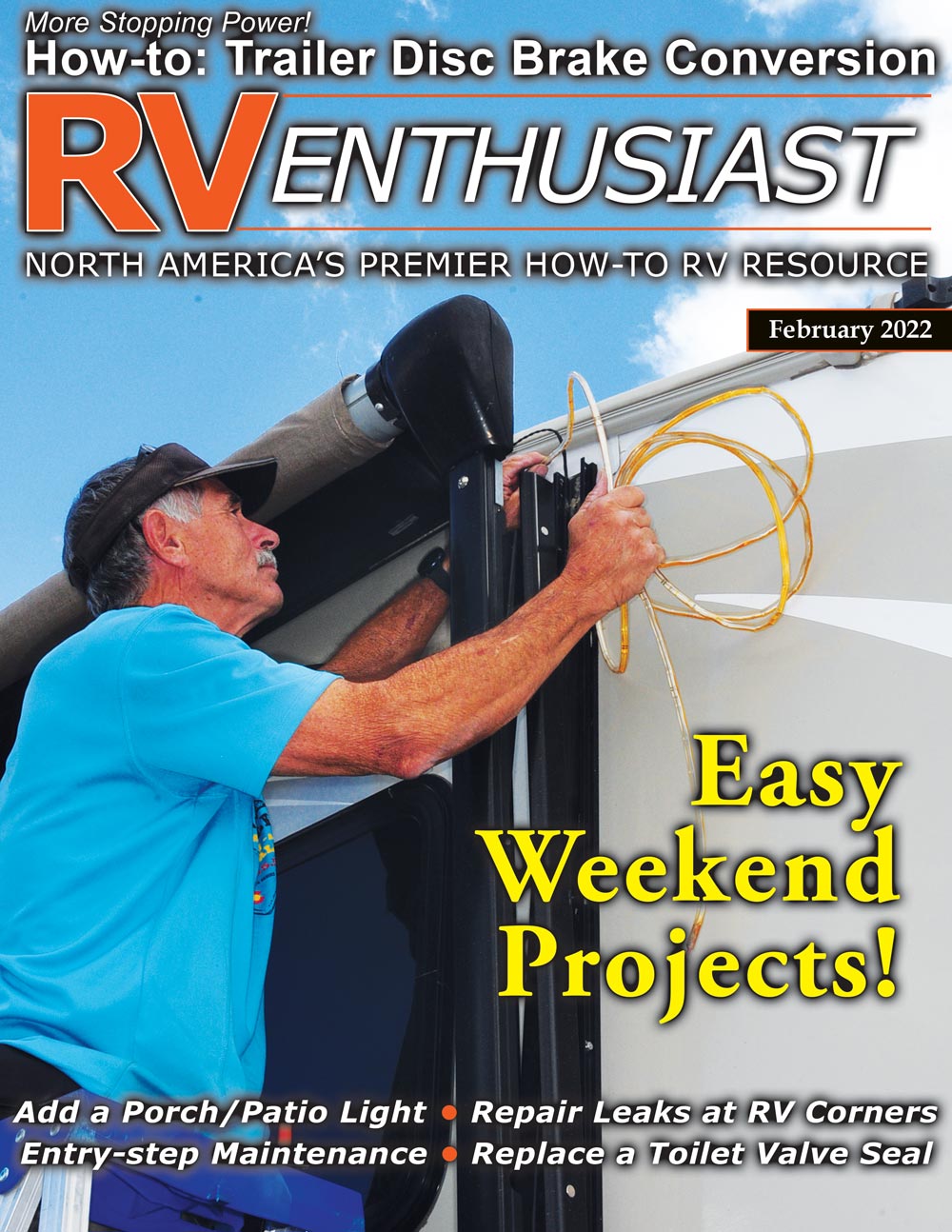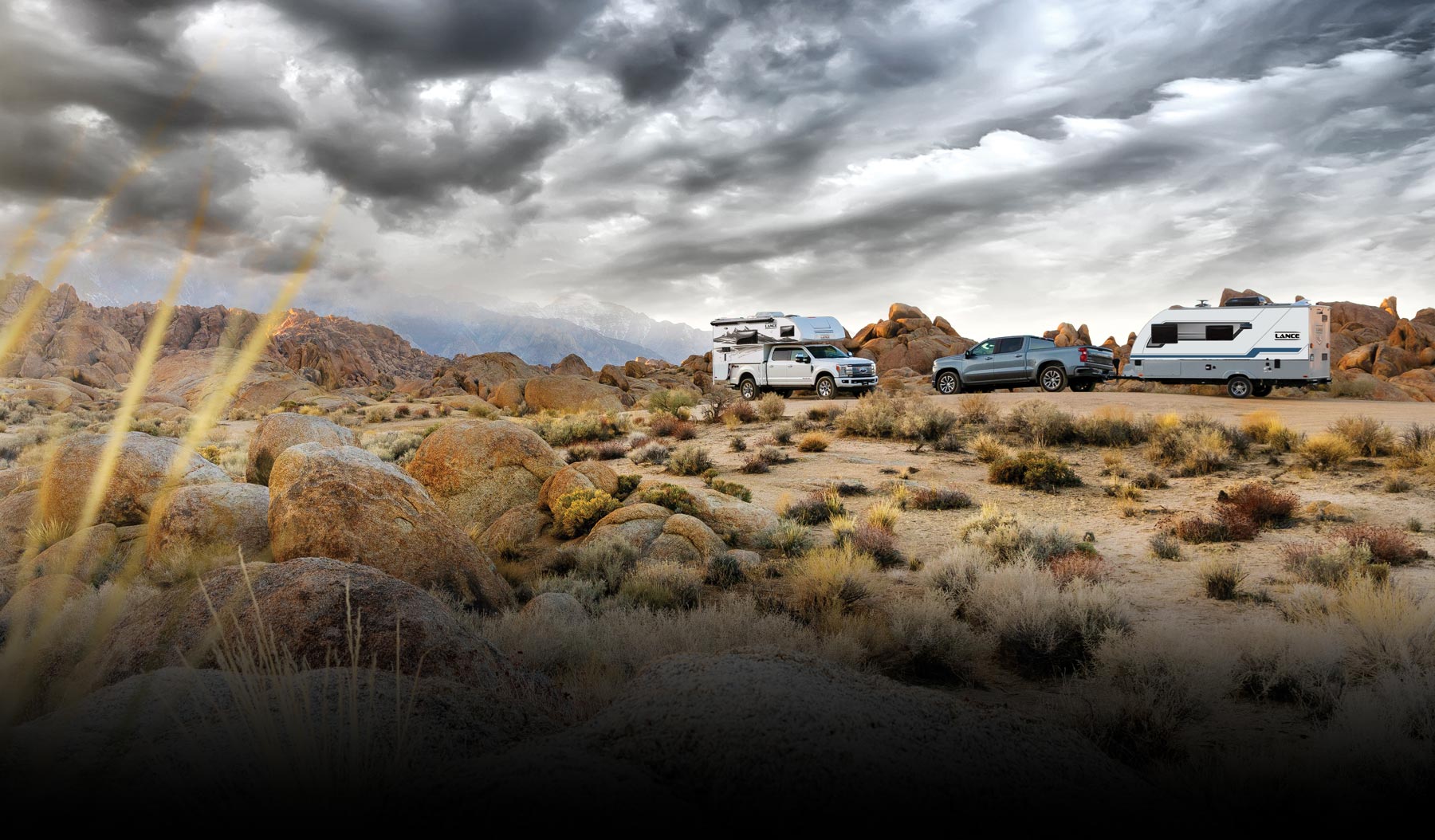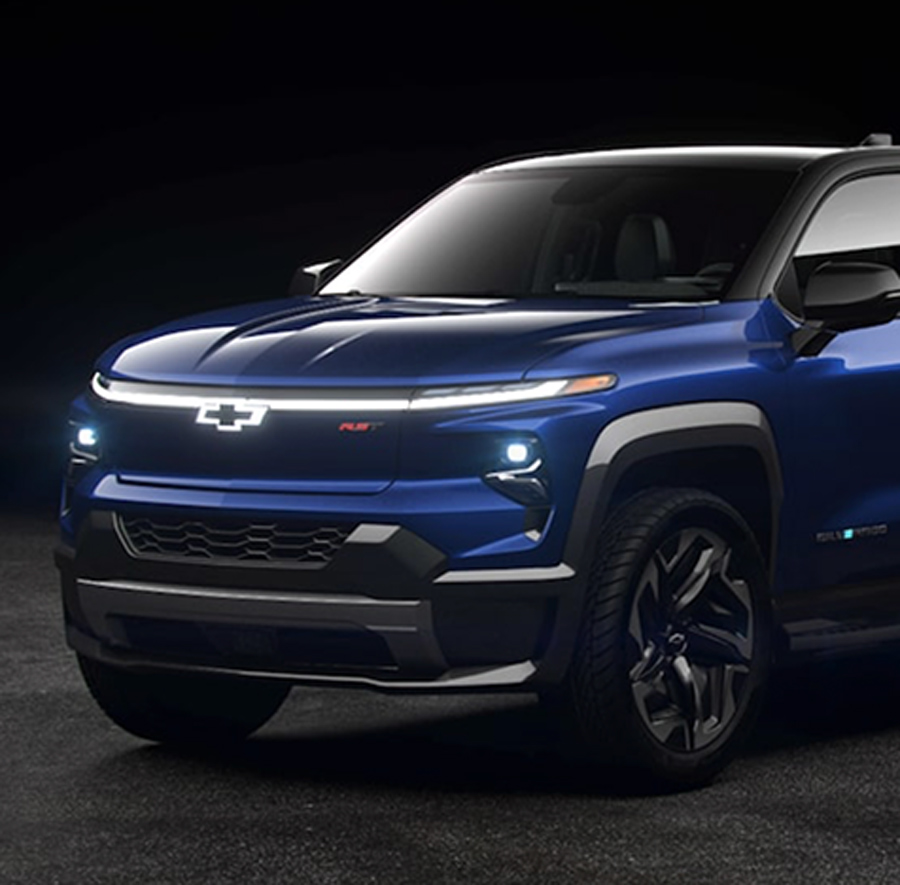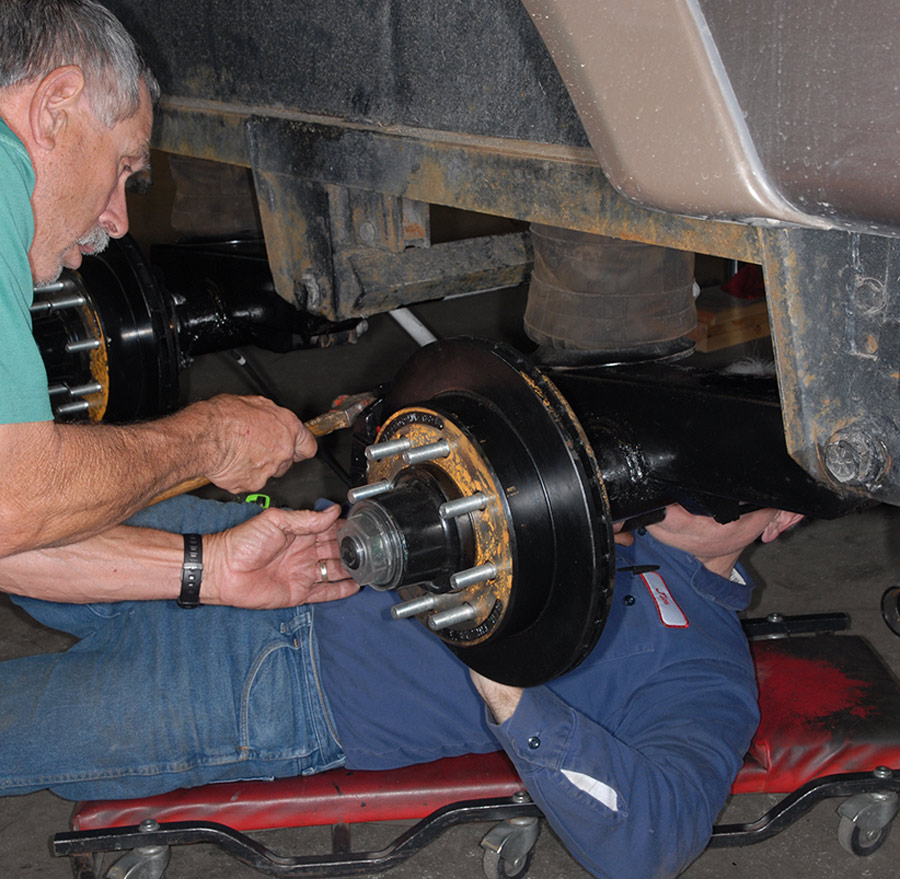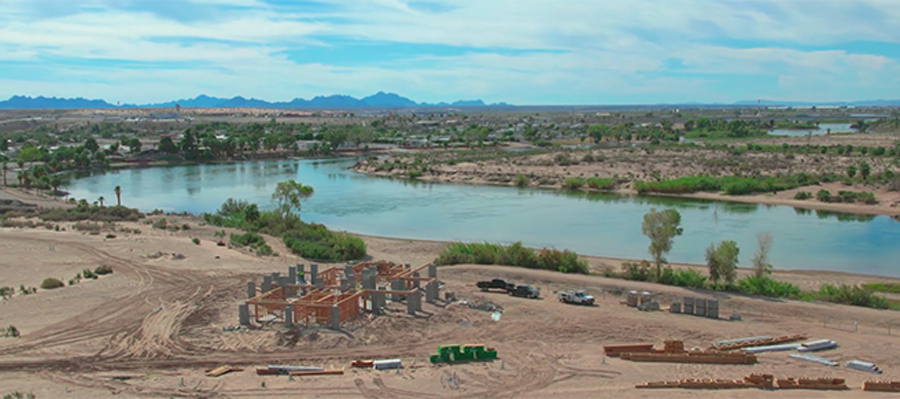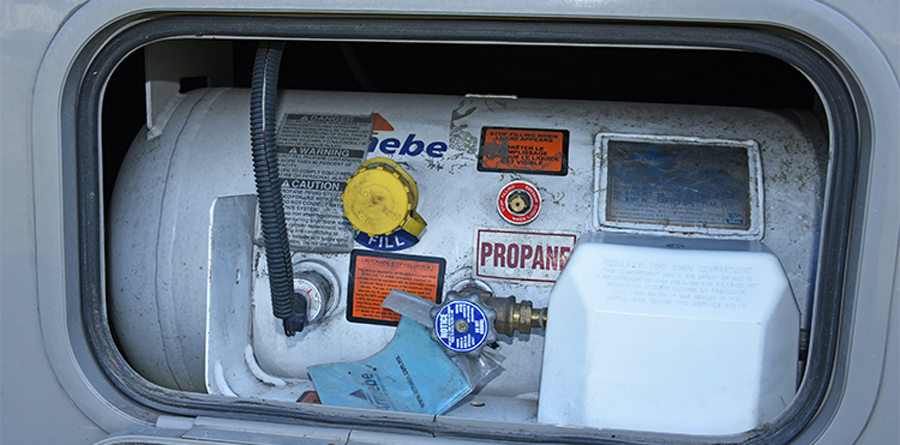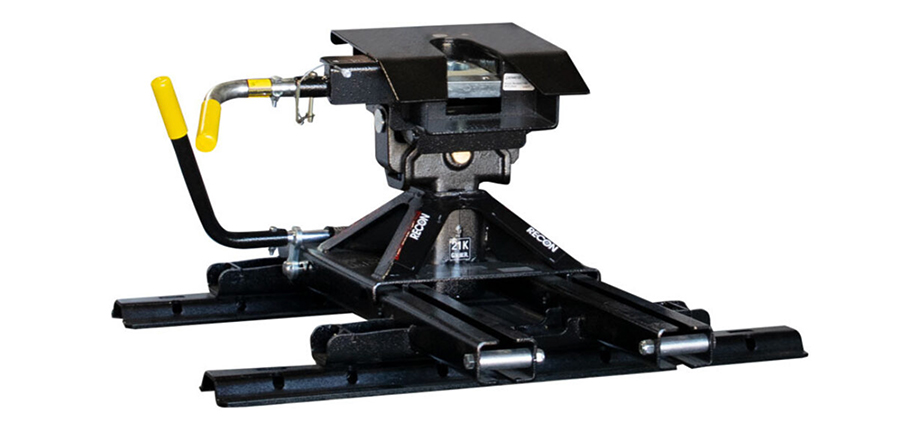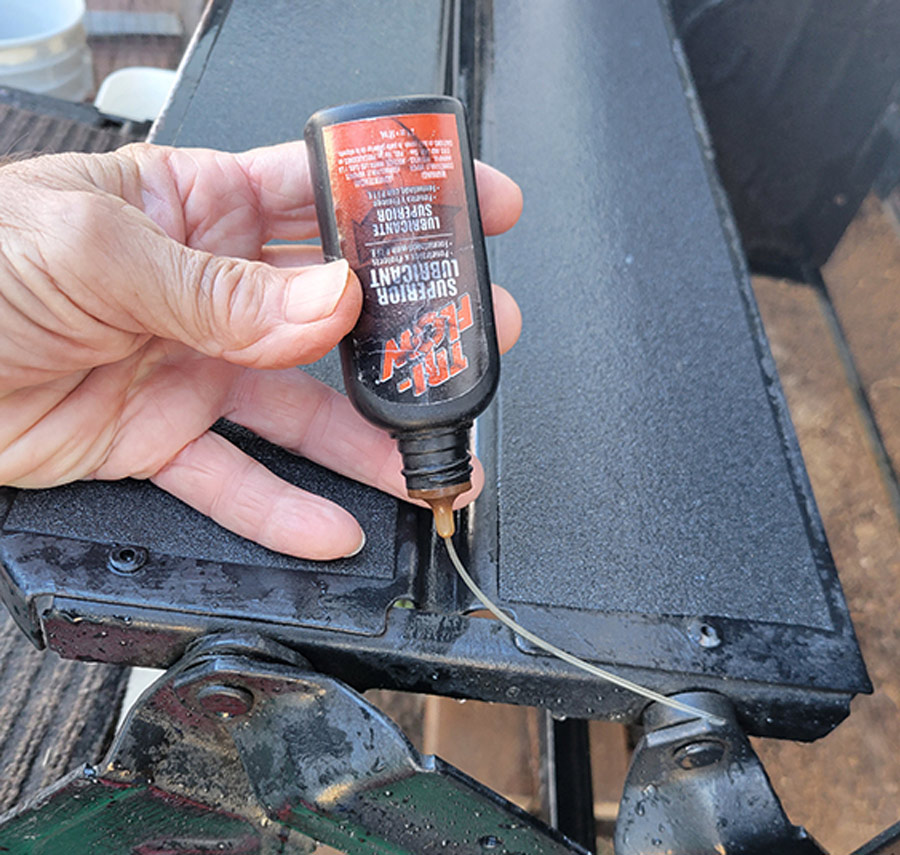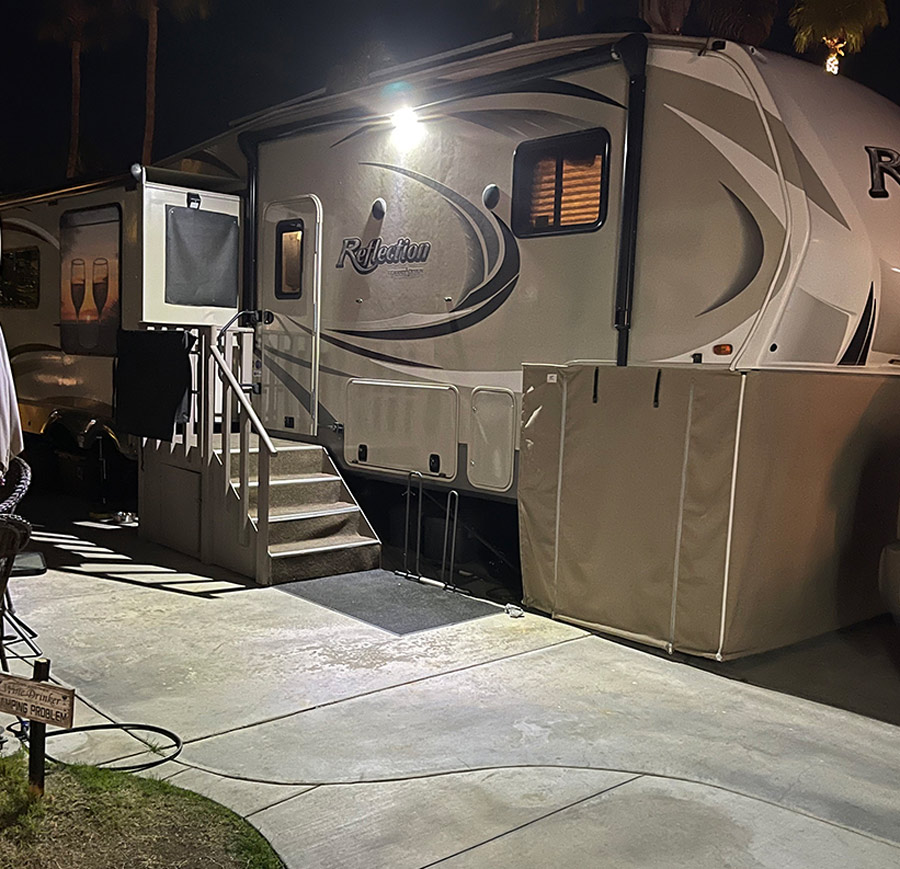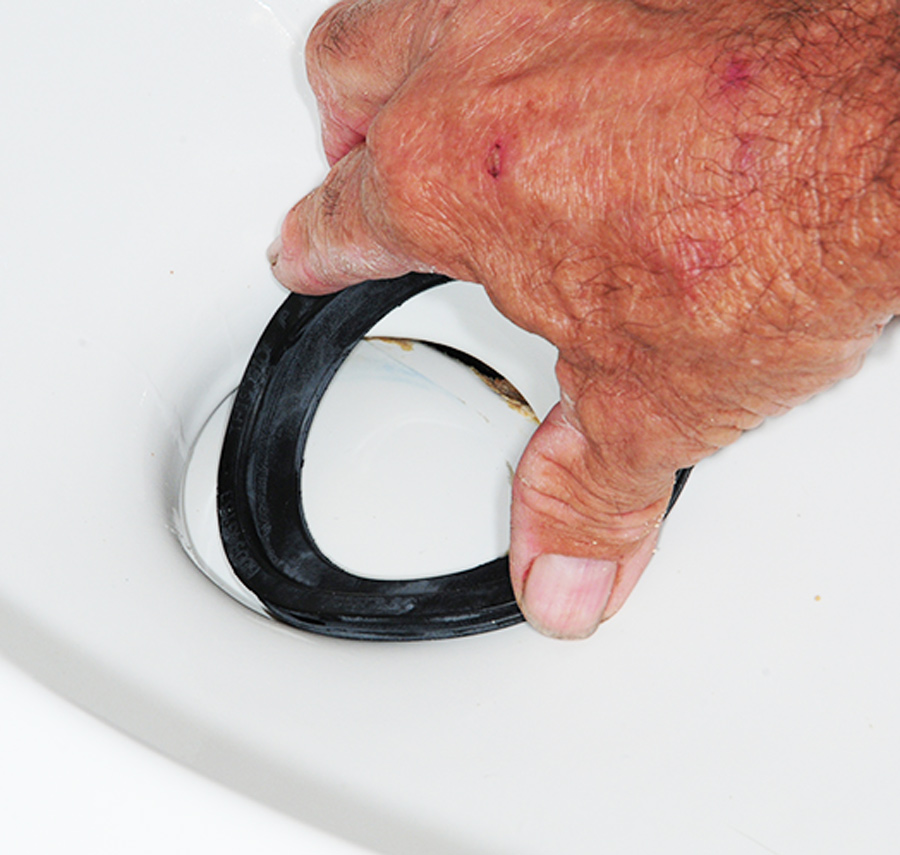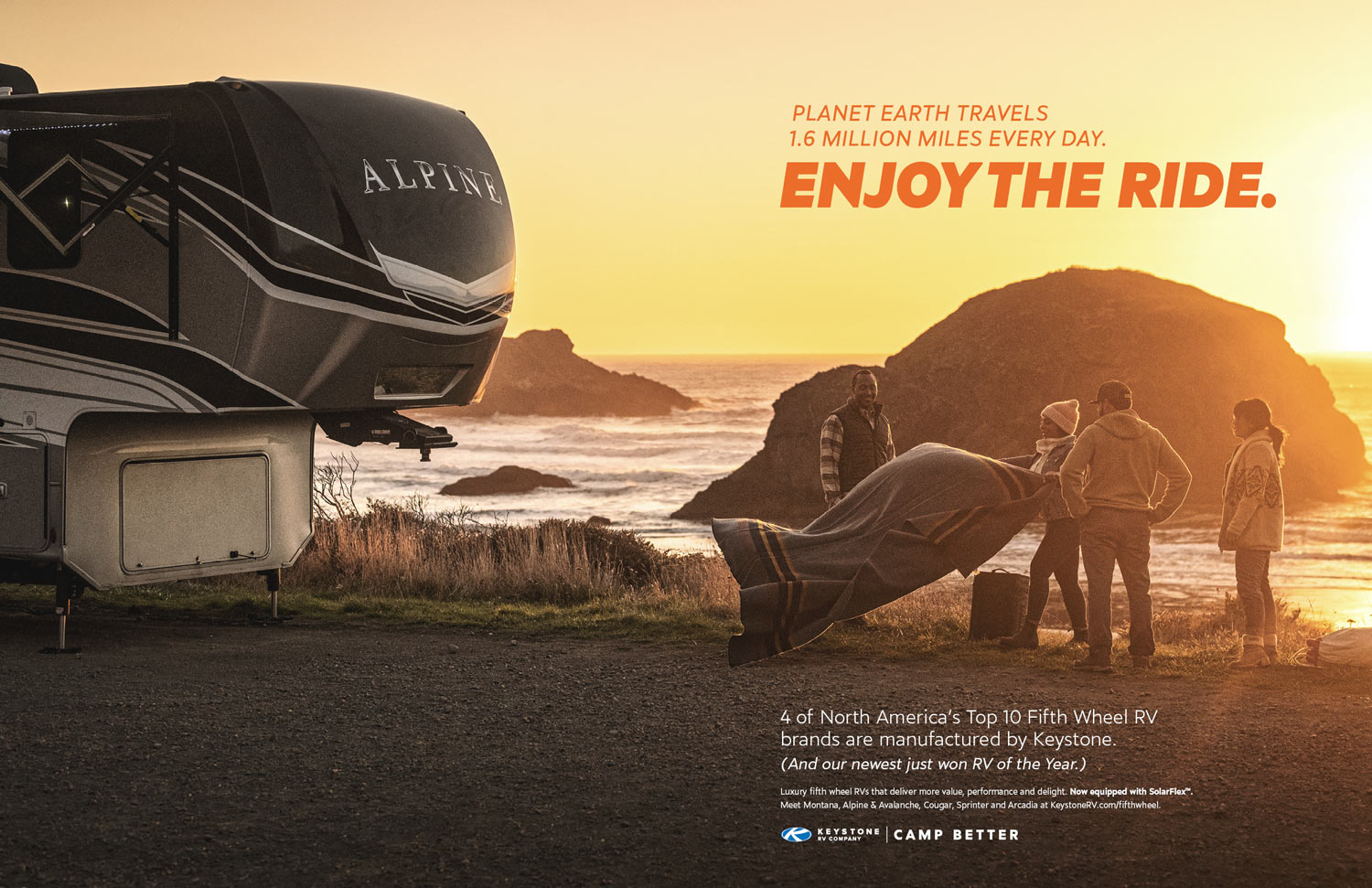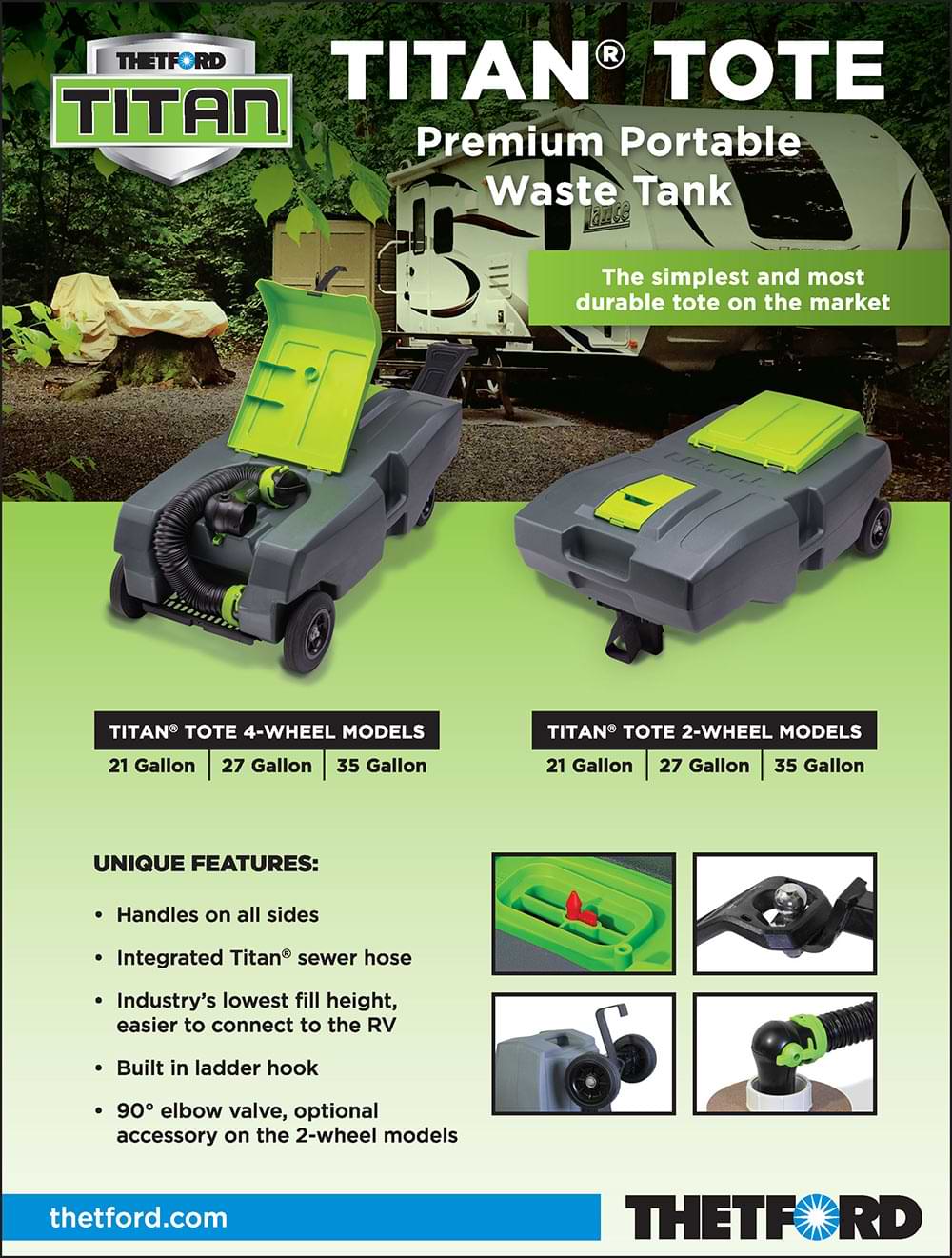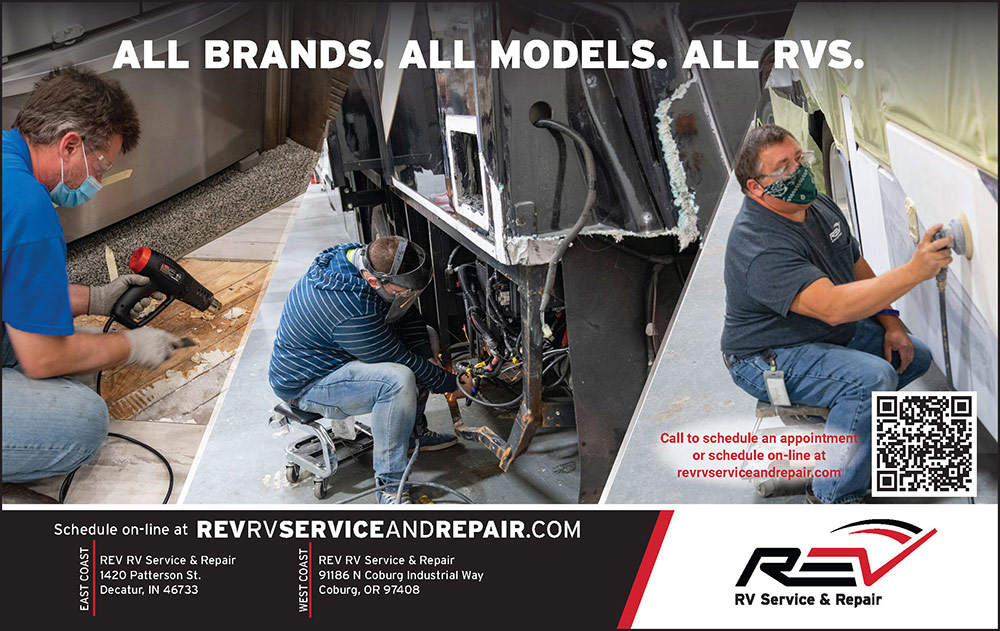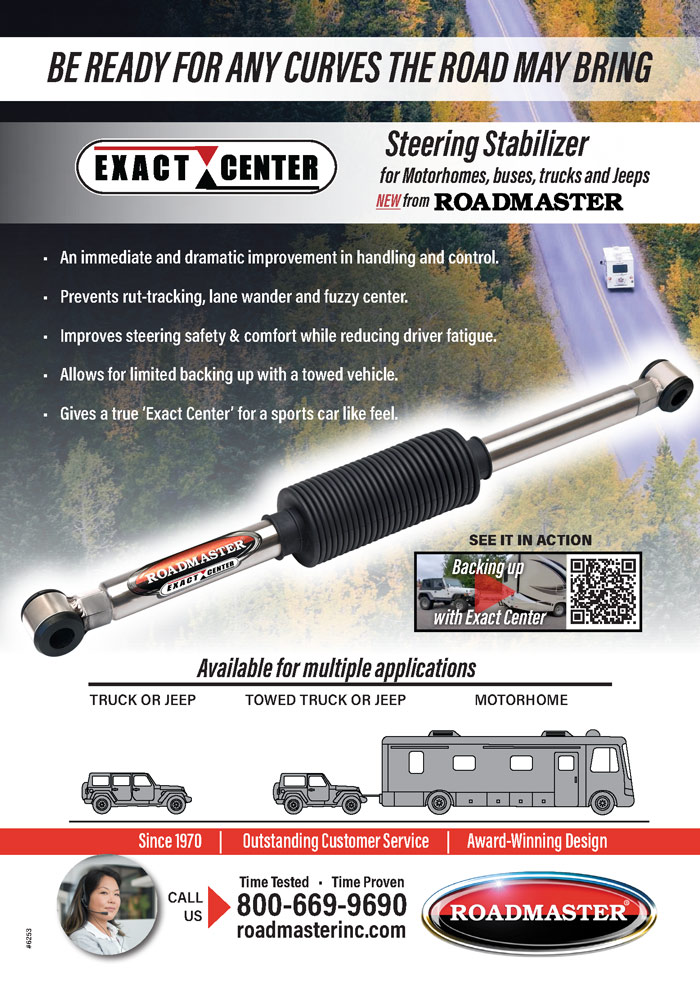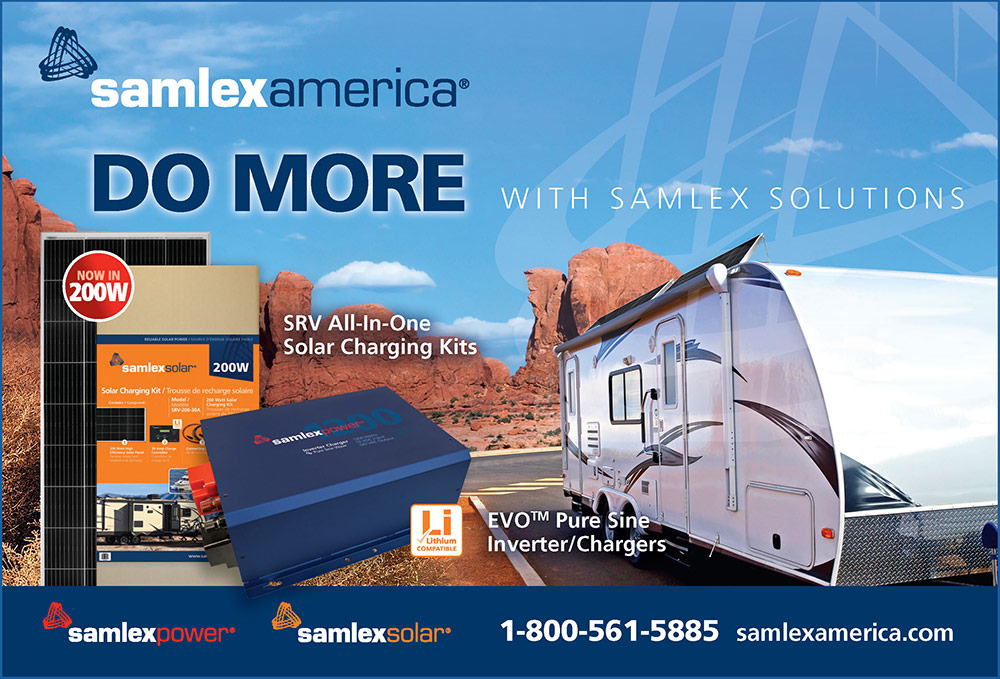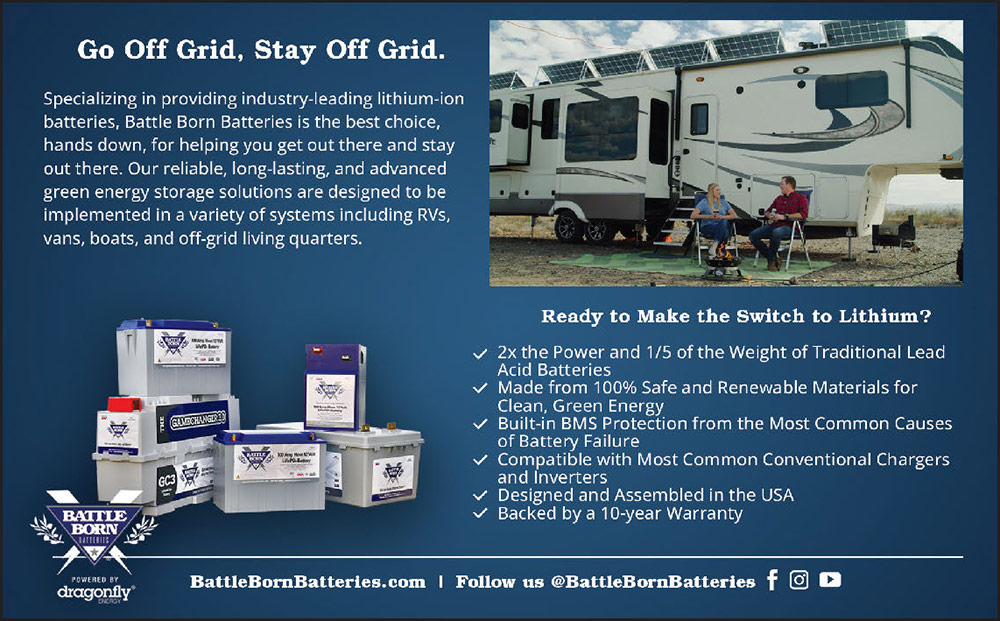Subscriber Access Only
Special Offer
Get 1 year of RV Enthusiast Magazine for just $9.99
Unlock My Offer No ThanksAlready a subscriber? Click here to access full issues.
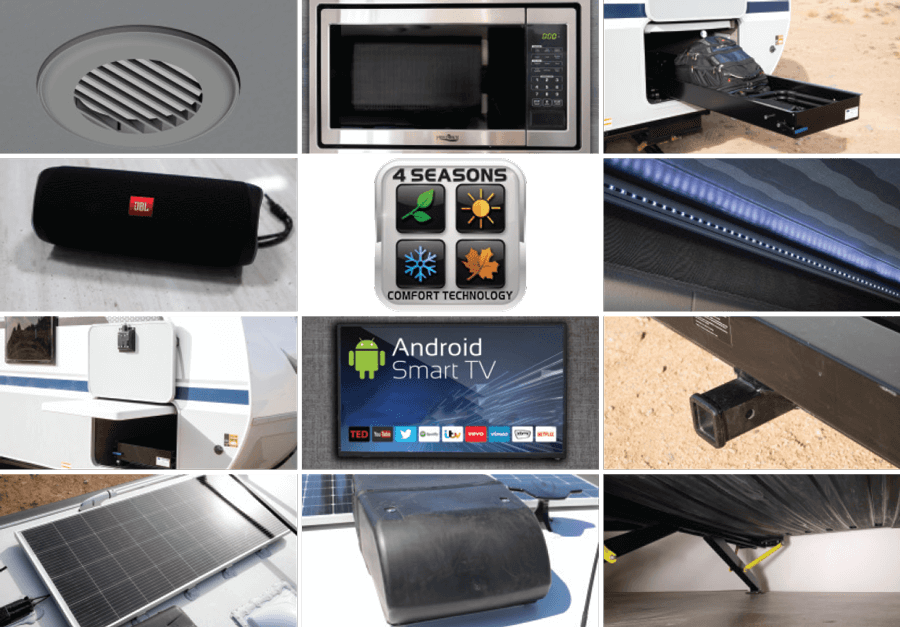

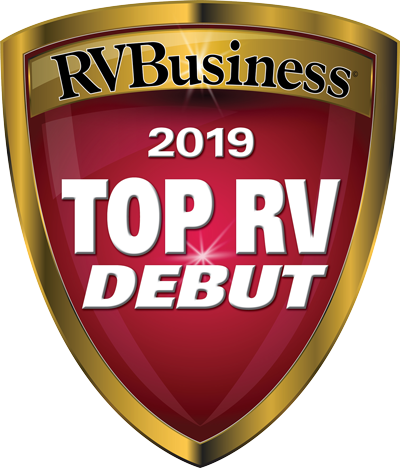









The move to electric vehicles continued at the Consumer Electronics Show, where Chevrolet showcased its Silverado EV. Closer to home, Keystone RV debuted its “My Keystone” mobile app and RV shipments continued setting records in 2022. Meanwhile, Lippert introduced a new chassis protection finish and Spartan RV Chassis revealed its “No Jacks” leveling system.
The RV industry is in a near-constant state of change — and this new monthly column features the latest towable and motorized units for the 2022 model year. Up first: new looks from Airstream, Forest River Flagstaff and Cherokee, DRV Suites, Venture RV, Renegade RV, Aliner and Midwest Automotive Designs.
Whether it’s because you just want to get away from it all or you can’t find a last-minute campsite, boondocking is fueling much of RVing’s rise in popularity. RV Enthusiast spoke with top installers and suppliers to discover what new products are available — and what kind of systems you really need to live off the grid.
Towing heavy fifth wheels and travel trailers requires a lot of engine “grunt” — but stopping performance is even more important for a safe journey. Electric drum brakes help substantially, but they have their limitations. Converting to disc brakes provides more equal braking at each corner and better overall performance.

RV entry steps — whether on a towable or motorized RV — take a beating on a daily basis. Making sure they are in good working order and provide solid footing is paramount. Annual inspections should identify lubrication points and address abnormal wear — and worn grip tape needs to be removed and replaced.
Illuminating the entry into an RV isn’t hard to do — but the awning strip lights employed by many manufacturers have their drawbacks. Adding an LED fixture is an easy upgrade — and provides substantially more coverage to not only the entry steps but the entire patio area outside your RV.
When RVs travel down the road, they flex and twist. Not surprisingly, this movement can, after years of use, also create incursion points for water. The corners of an RV are especially susceptible to this flexing. While a short-term “fix” might be to add more sealant, it doesn’t solve the problem. Here’s how to repair corner leaks the right way.
Replacing and maintaining the valve seal in a toilet isn’t the most desirable chore — but let it go too long and you’ll find yourself with a nasty problem. The lack of water in the bowl can lead to obnoxious odors in the small confines of an RV. Replacing the seal in popular Dometic 310 or 320 toilets isn’t hard. Just get over the “icky” factor.
(805) 320-6909
[email protected]
EDITOR – Bruce Hampson
(574) 584-4616
[email protected]
TECHNICAL DIRECTOR
BILL GEHR
(805) 340-5015
[email protected]
ART DIRECTOR – MIKE ACCUARDI
[email protected]
26362 Douglas ave., Elkhart, in 46514
 AFFILIATE NOTICE: RVE Media Group LLC provides links to vendors and products, such as an Amazon Associates account, for informational purposes, but that may provide a commission if you purchase from that link. We often label these links with language that provides transparency if the destination is an advertiser, affiliate, or partner. Products are often provided to RVE at little/no cost for editorial testing purposes by vendors/suppliers. Under no circumstances does this affect the results of the test or install as published in RV Enthusiast. Sponsored content is identified as such directly on the content.
AFFILIATE NOTICE: RVE Media Group LLC provides links to vendors and products, such as an Amazon Associates account, for informational purposes, but that may provide a commission if you purchase from that link. We often label these links with language that provides transparency if the destination is an advertiser, affiliate, or partner. Products are often provided to RVE at little/no cost for editorial testing purposes by vendors/suppliers. Under no circumstances does this affect the results of the test or install as published in RV Enthusiast. Sponsored content is identified as such directly on the content.
PRIVACY POLICY: Our complete privacy policy can be found at https://rventhusiast.com/privacy-policy/
t’s easy to find fault with a product, a service or a company for a perceived drawback. Among RVers, that often centers upon the quality — or sometimes the lack thereof — of their rigs. For example, owners seem to have a hard time when comparing the reliability of an RV and its myriad related componentry — built by hand — to their robot-constructed automobiles that have none of those systems on board. Show me a car or truck that came off the line with a full raft of kitchen appliances, a fully functioning bathroom, a bedroom, a dinette and multiple rooftop air-conditioners and I’ll show you a vehicle that’s probably not going to live through its warranty without visiting the dealership’s service bays.
To be sure, the industry’s growing pains have no doubt resulted in some units squeezing through the process that shouldn’t have. But at the risk of sounding like a cheerleader, the overall picture is one of an industry doing its utmost to equip North America’s outdoor enthusiasts with a safe and comfortable home when enjoying nature.
Sometimes, though, that means setting up camp in a primitive location because the RV park an owner wanted to stay at was booked…through the following year. Yes, the exploding popularity of camping — fueled by the pandemic — caught the outdoor hospitality arena by surprise, just as it did the rest of us. And, yes, campsites at popular destinations can be hard to come by. But I was surprised to learn just how hard the outdoor hospitality industry is working to make up for this shortfall.
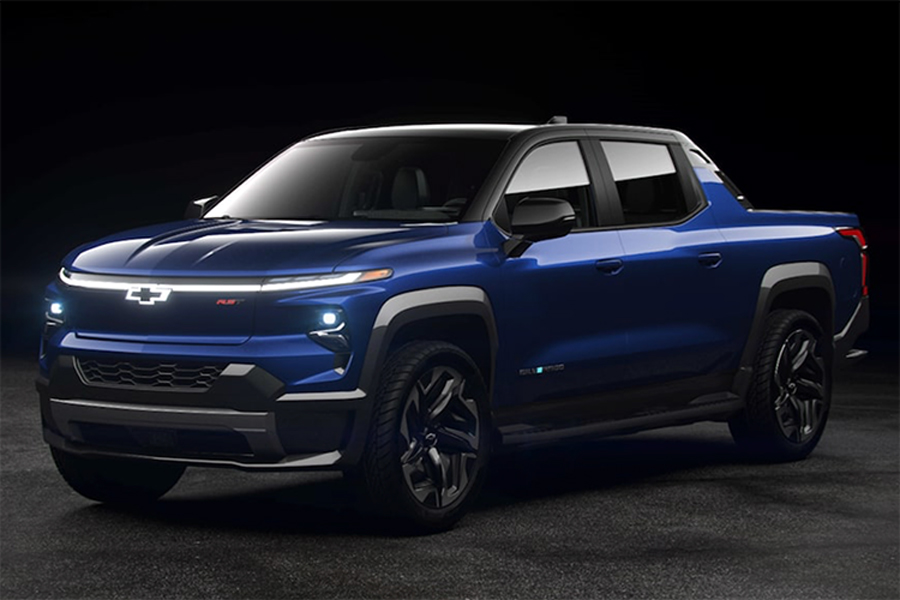
One nameplate conspicuously absent from our electric vehicle rundown was Chevrolet — but it appears that is about to change.
At the 2022 Consumer Electronics Show in Las Vegas, General Motors CEO Mary Barra unveiled the Silverado EV — and according to a report in the Detroit Free Press, vowed to beat the Ford F-150 Lightning in key metrics including driving range, towing capacity and passenger space.



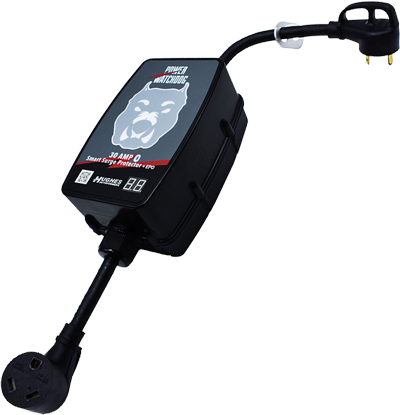
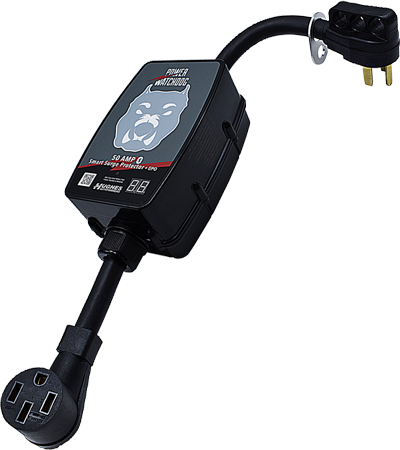
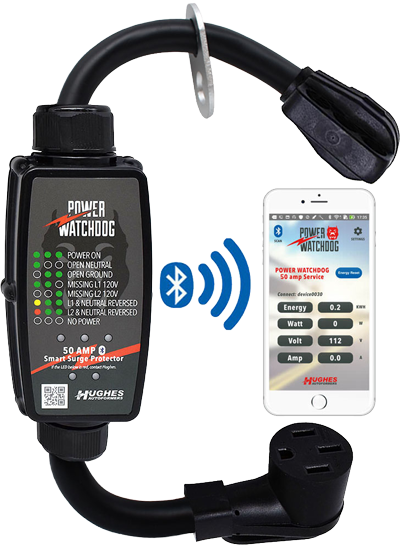
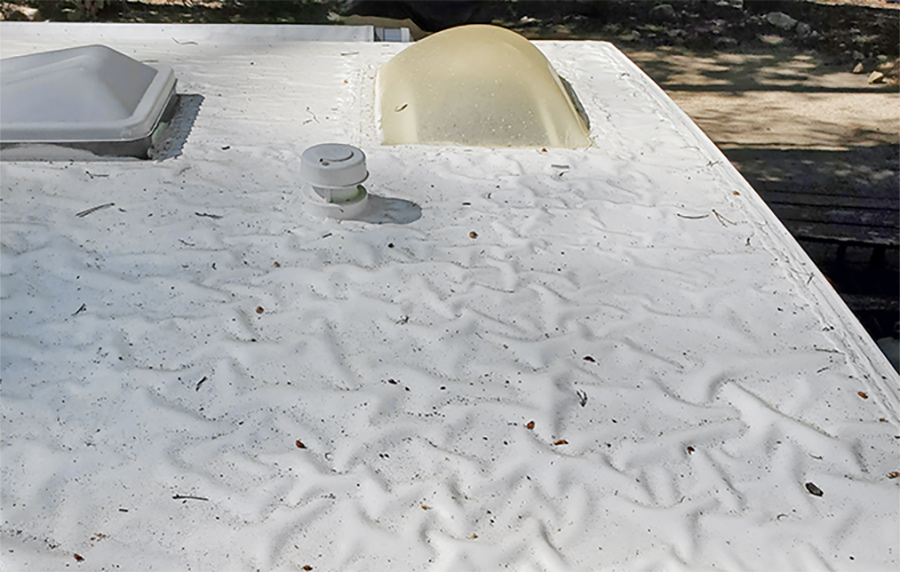
— Jim Anderson
Jim, I can relate to what you’re going through. The materials and price can differ quite a bit. There are three basic choices — EPDM, PVC and TPO — and they all vary in price. I prefer the TPO because it won’t oxidize as easily as the EPDM, which came on your rig. TPO will not bleed black stains as readily and, more importantly, it is more tear-resistant than the others. The prep and process to lay down a new roof is labor-intensive and is quite expensive, especially considering the the labor rates nowadays. It’s also important that the installer use the proper glue and self-leveling sealant around the vents, seams and other accessories on the roof. You should also consider replacing the roof with one that is more durable and likely be the last one you’ll ever have to install. There are a few companies competing in this space, like RV Armor (rv-armor.com), that offer complete renovation and lay down material that offers superior service.
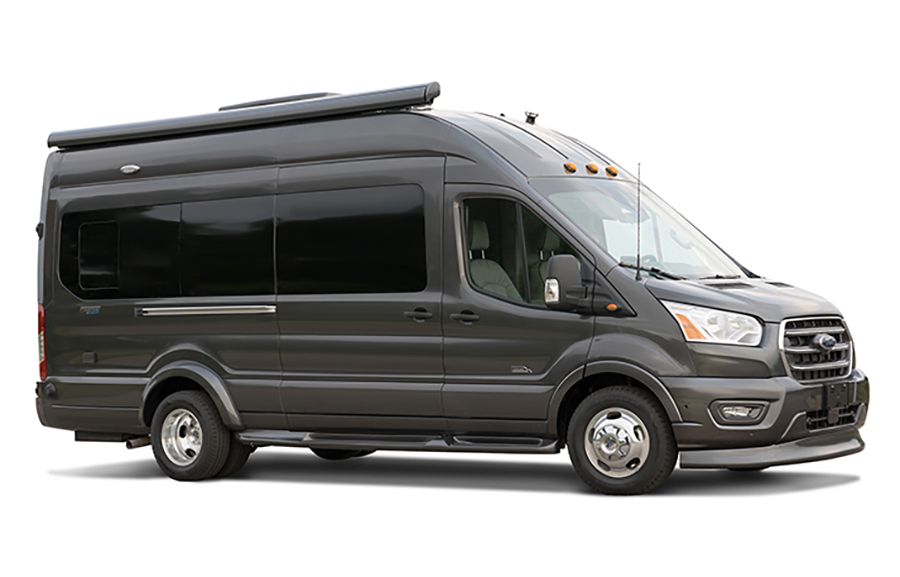
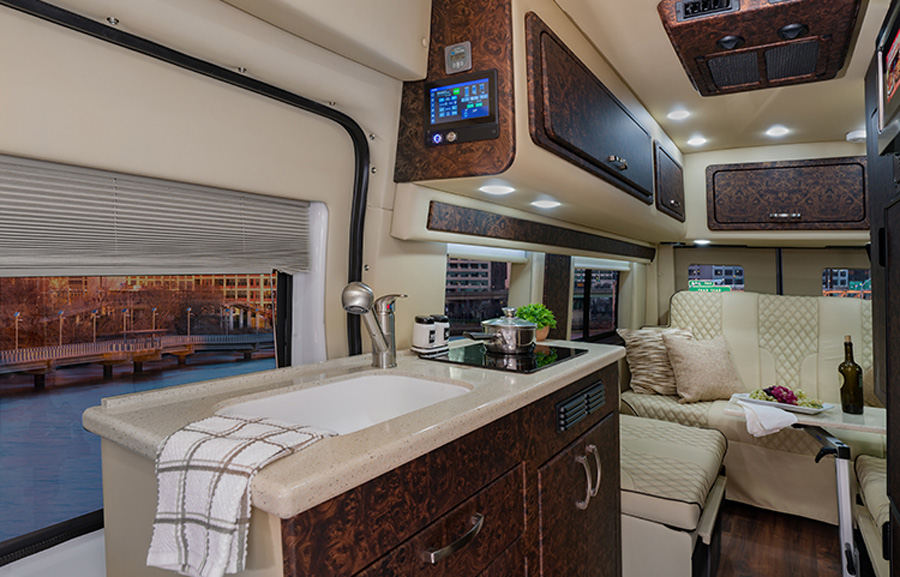
Power for the motorhome is supplied by a 320-watt rooftop solar charging system, 600-amp-hour Lithium ECO Freedom package, ECO chassis battery charging system and 2000-watt inverter/charger with transfer switch, a system capable of powering the rooftop air conditioner.
In keeping with the all-electric design, the galley comes equipped with an induction cooktop, a 12-volt DC/120-volt AC 7.3-cubic-foot refrigerator and stainless-steel convection microwave, plus solid-surface countertops, molded sink with flush mount cover and a pull-out pantry. Across from the galley is the bath area, featuring a solid surface countertop and sink, porcelain toilet and powered roof vent. Aft of the galley is a spacious lounge area with an overhead wardrobe, removable Lagun table, LED television with FM radio, upgraded speakers and power folding rear sofa bed with under-sofa storage. A privacy shade package and valances with wood inlay and indirect lighting provide solace at day’s end.
Step Lively

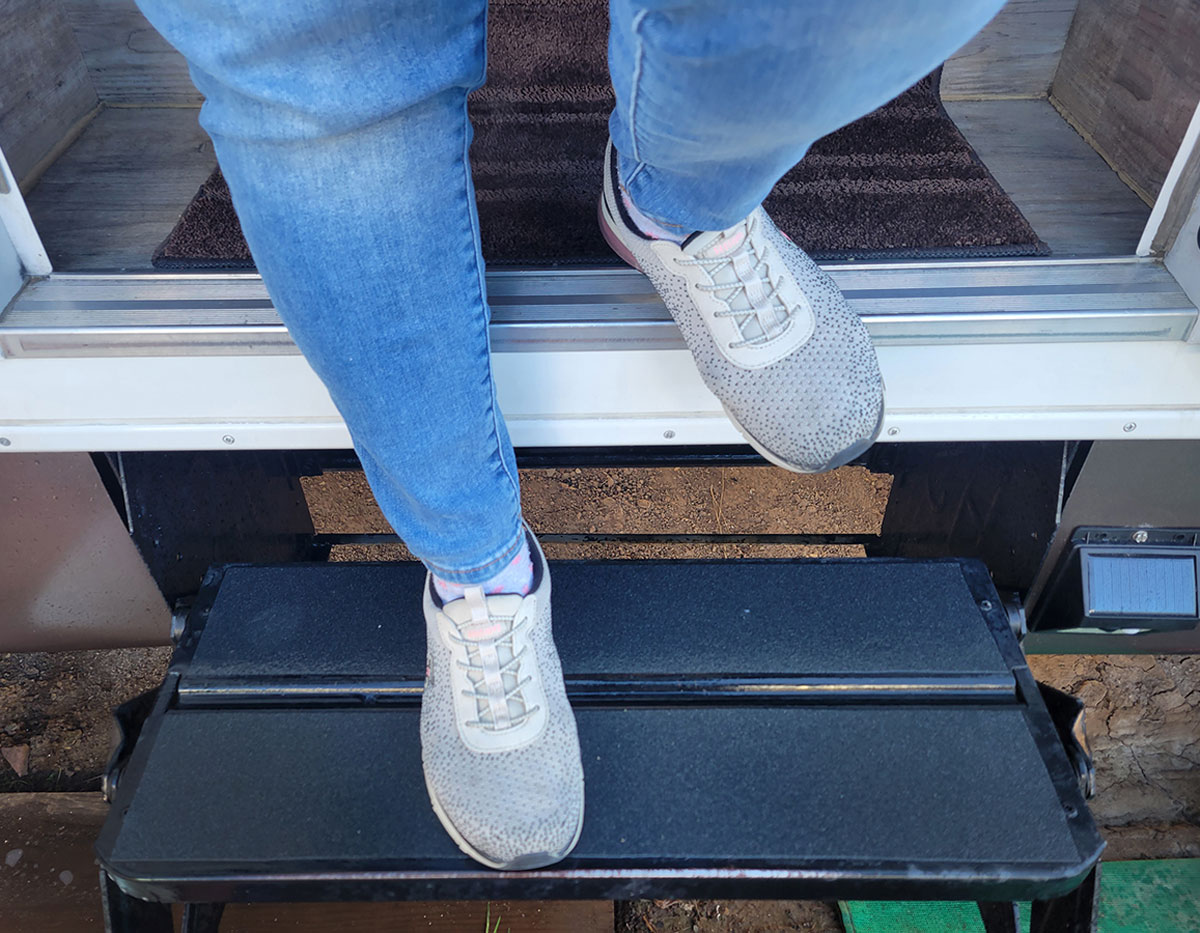

o one ever stops to record how many times occupants go up and down the entry steps on their RVs on a daily or weekly basis, but one thing is for certain: There is a lot of stress applied to all the working parts and joints of those steps. When you first step on the bottom platform, tremendous leverage is transmitted through the entire step linkage system and all its contact points. A quality step support and regular lubrication will extend the life of this step for many years — there’s nothing worse than step failure right in the middle of your trip.
The second part of keeping your steps in good working order is to make sure the rungs have enough traction to maintain a solid foothold, especially in wet conditions. As part of any regular maintenance program, it’s important to make sure the anti-slip material is not worn out and/or peeling away. For those steps without slip protection, a stick-on product can be found on Amazon and at home-improvement stores for this purpose (more on this later).

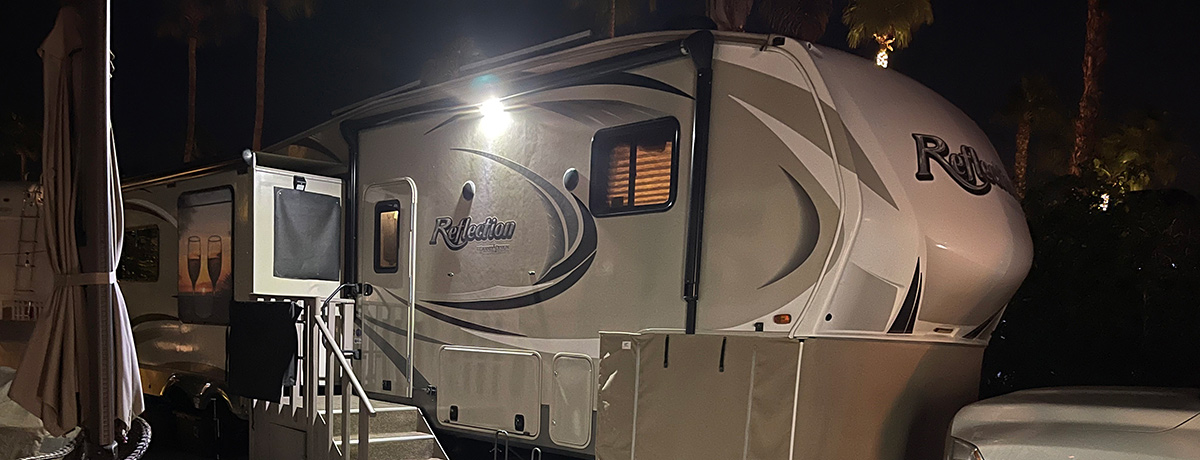

ighting up the patio area of an RV seems simple enough; just about every RV made has some type of fixture on the outside wall in the vicinity of the entryway to achieve this goal. Providing adequate outside light and the requisite visibility at night to negotiate the entry steps are fundamental necessities.
Rather than mounting a standard-type fixture above the entry door, however, many manufacturers are adding rope lights in a strip rail below the awning fabric and roller tube. It’s a nice way to conceal the light when not in use, but over time these rope lights lose their brilliance as the sun has its way with the plastic casing — and when the awning is retracted, the light becomes partially obstructed. Adding an LED fixture in lieu of the rope light will substantially increase the outside coverage — and provide better illumination on the steps and area outside the door.




hen RVs travel down the road, they flex and twist. Manufacturers plan for this by using a pliable sealant at all joints and seams, but it’s not perfect. After years of use, the sealant eventually dries out — and as the RV is subjected to less-than-optimum road surfaces, the dried-out sealant cracks. Eventually, all this movement makes seams vulnerable to water damage.
In an attempt to stop or fix water leaks, RV owners will usually add more sealant, but more often than not, this does not solve the problem. When an inspection reveals water damage — or compromised seams where water can find a way in — the only option is to remove the suspect seal and replace it.



t’s a dirty job, but someone has to do it. Maintaining an RV toilet is not the most desirable chore — but let it go too long and you’ll find yourself searching for the nearest bush. Beyond basic cleaning, the most common malady is a dried-out or damaged valve seal which prevents fresh water from standing in the bowl, ready for the next use. When operating properly, after flushing the toilet water is allowed to flow into the bowl, providing a natural seal against odors coming out of the holding tank. When it doesn’t happen, the lack of water can lead to obnoxious odors seeping past the valve seal — and it doesn’t take a lot to fill the relatively small quarters in an RV.
Over time — sometimes shorter than expected — the valve seal in the Dometic 310/320 toilet will become damaged from hard water deposits and crud that was not flushed properly, not to mention paper becoming logged in the valve (again, from poor flushing habits). It also can become abraded from hard-water deposits that have been allowed to build up on the valve. Fortunately, this seal can be replaced without removing the toilet, although it’s not a pretty job.

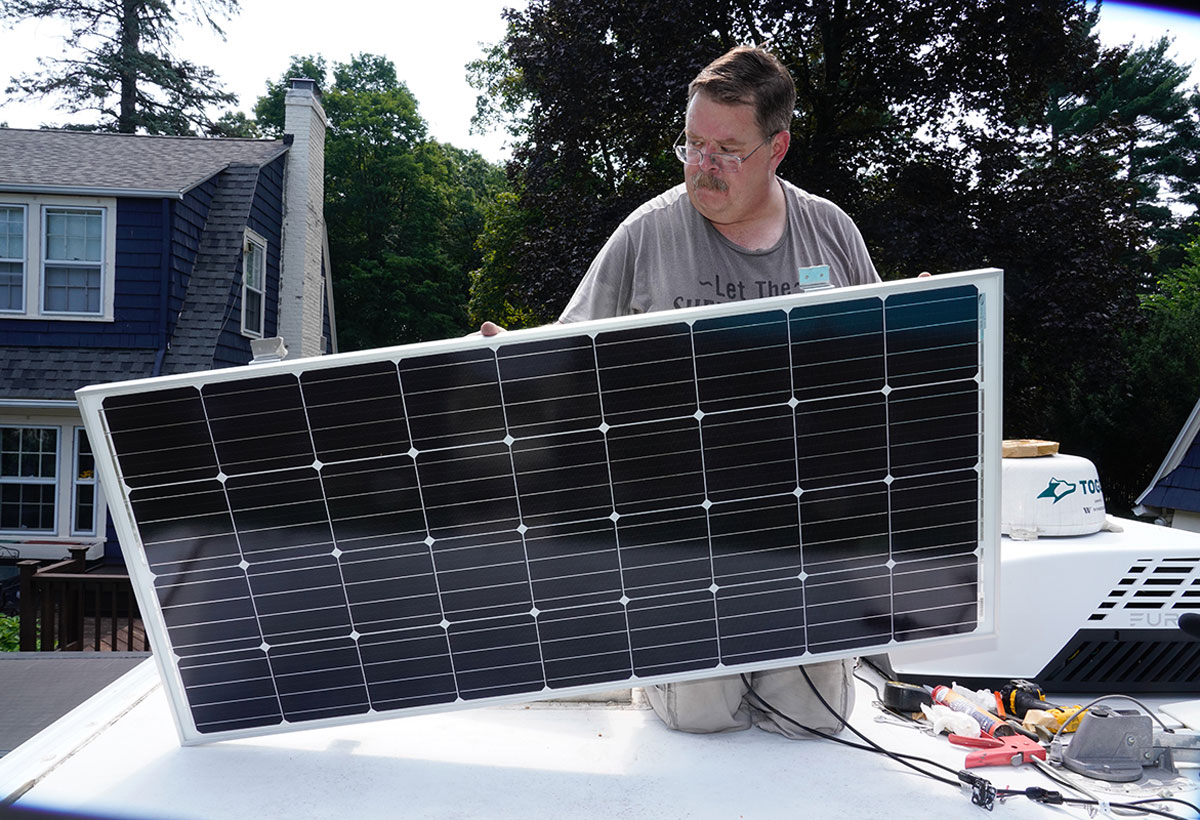
t’s one of the great conundrums of the RV industry: As manufacturers continue to ship motorized and towable units to dealers at a record pace, ever-greater numbers of RV owners vie for a finite number of campsites where they can enjoy them.
Rather than being perceived as a brake on RV sales, however, the relative scarcity of campsites — especially on popular holiday dates and weekends — has given wings to an RV lifestyle nearly as old as the industry itself: off-grid camping. Well before there was Kampgrounds of America and Yogi Bear’s Jellystone Park Camp-Resorts and innumerable other RV parks and campgrounds, outdoor enthusiasts took to open spaces. Today, however, they want to do so without sacrificing the morning coffee, air-conditioning and evening movies — and that takes power, usually the kind of power a camper only gets by hooking to the electrical pedestal at a campground. It’s a quandary that is increasingly being answered by manufacturers and aftermarket suppliers alike.

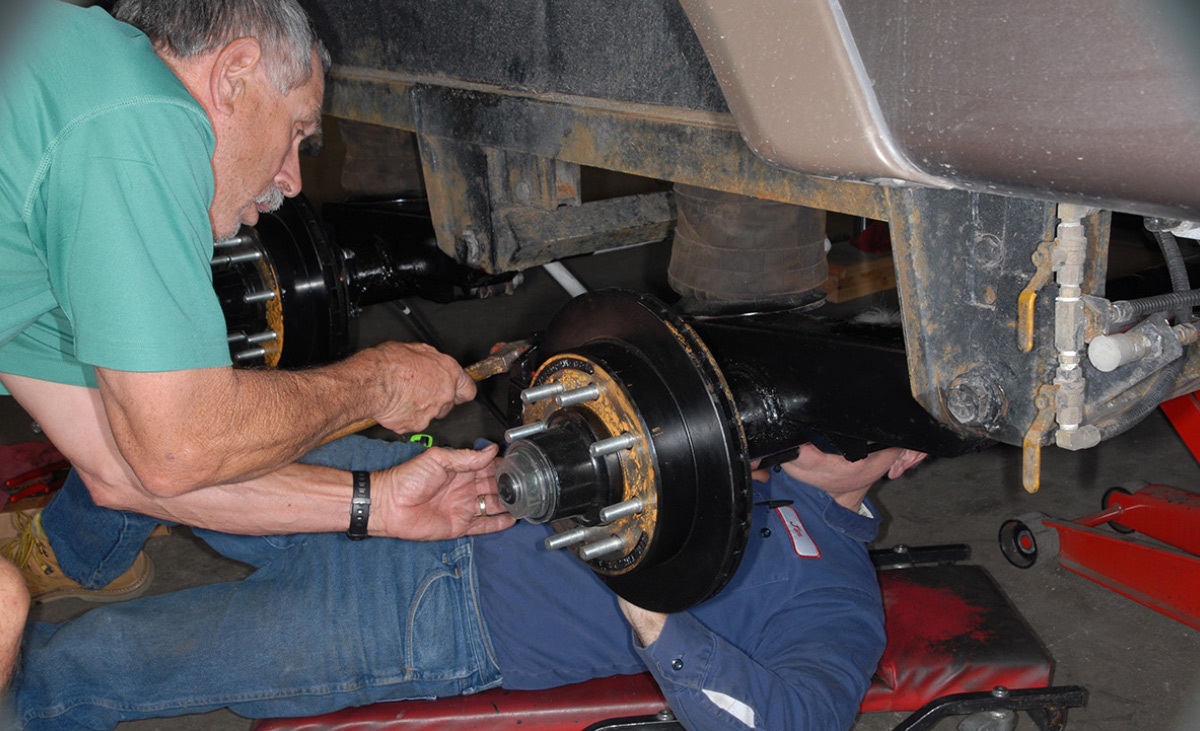
ulling a heavy fifth wheel or trailer requires additional driving prowess to maintain safe journeys. Braking distances will be longer, so making sure there is plenty of room between you and traffic is critical. But even when anticipating problems, sometimes the element of surprise rears its ugly head — especially when traffic comes to a sudden halt or another driver cuts you off.
Electric/drum trailer brakes help, but there are limitations, especially if the trailer is loaded to excess. That’s where disc brakes shine, and fortunately, Kodiak Brake Products has aftermarket kits that allow owners to make the conversion to disc brakes with superior stopping power.
Why make the switch? Well, standard electric drum brakes have changed very little over the years and, in fact, the best brake-lining material — asbestos — was banned years ago due to its health hazards. Today the brake-parts industry uses more environmentally friendly (but less effective) shoe material, which just can’t compare to disc brakes when in extreme stopping conditions — or, for that matter, even during regular stopping maneuvers.
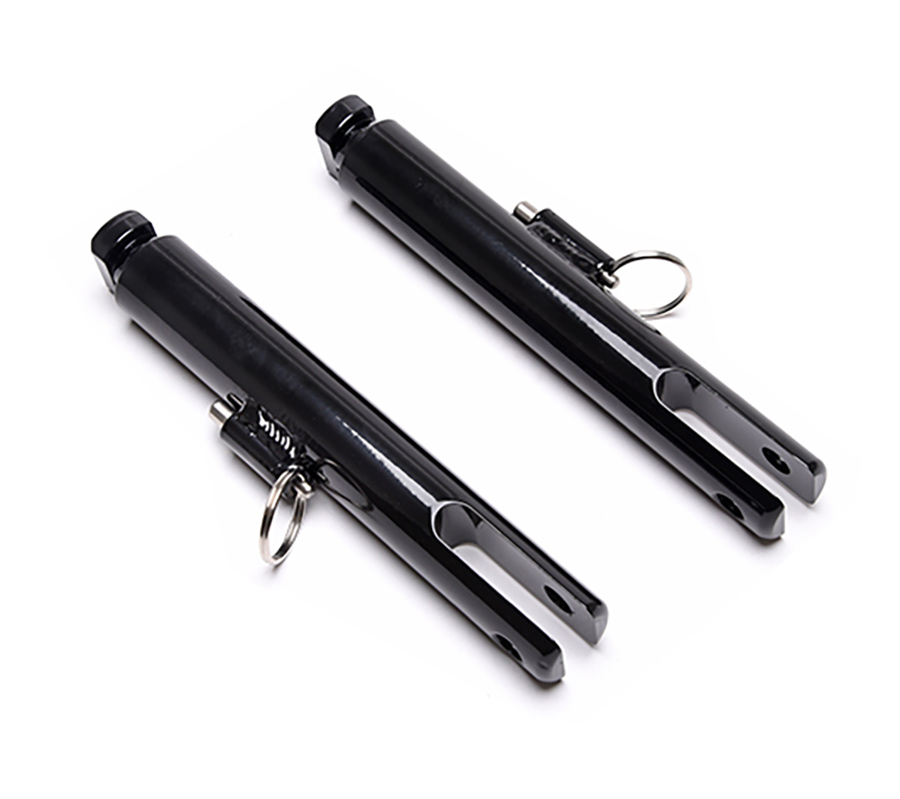
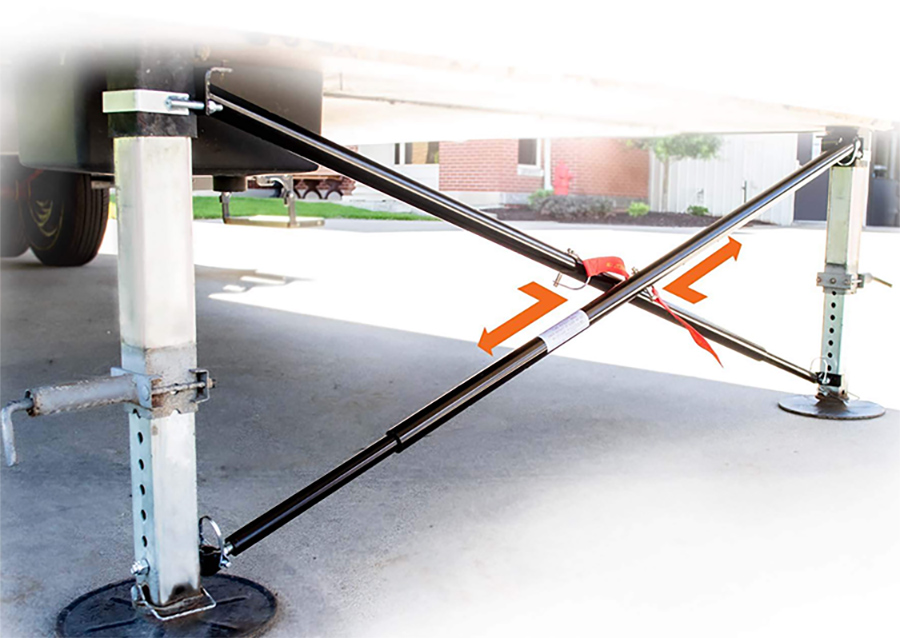

any of you remember studying U. S. History in school and learning about the discoveries of explorers like Lewis and Clark, but did you know that you can actually walk in their footsteps in Montana? Great Falls is a city with a rich history, grand traditions, superb recreational and cultural amenities — and visitors can follow Lewis and Clark’s portage route along the shores of the Missouri River.
Great Falls, the third-largest city in Montana, lies near the geographic center of the state, 90 miles north of the capital city of Helena on Interstate 15 — almost midway between the state capital and the Canadian border. The city straddles the Missouri River and was named for its close proximity to five waterfalls on this river, the largest being Big Falls (also now known as Great Falls). Over the years, dams have been built at the waterfalls, creating hydroelectric power for the city and surrounding county, which led to it being nicknamed “the Electric City.”



